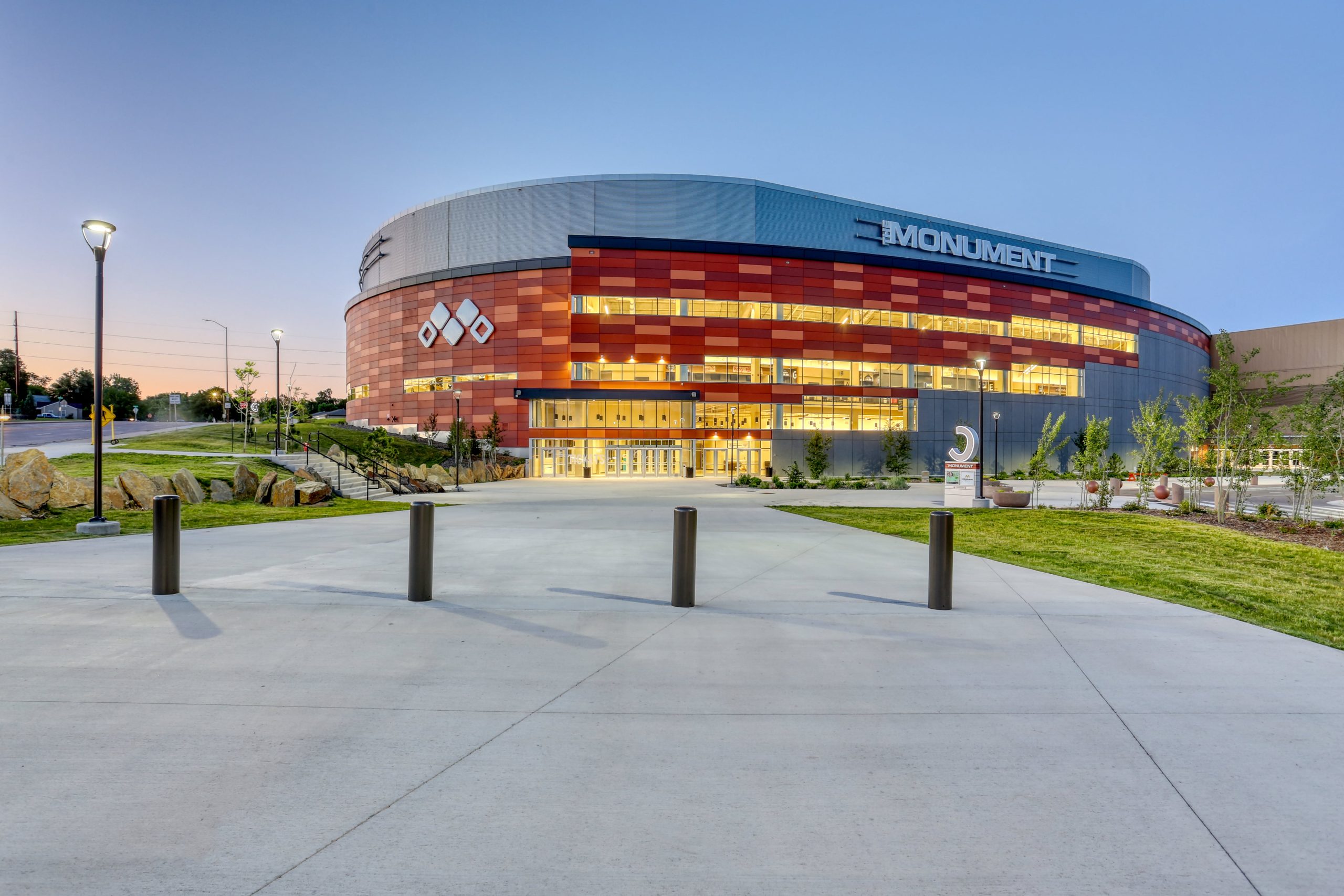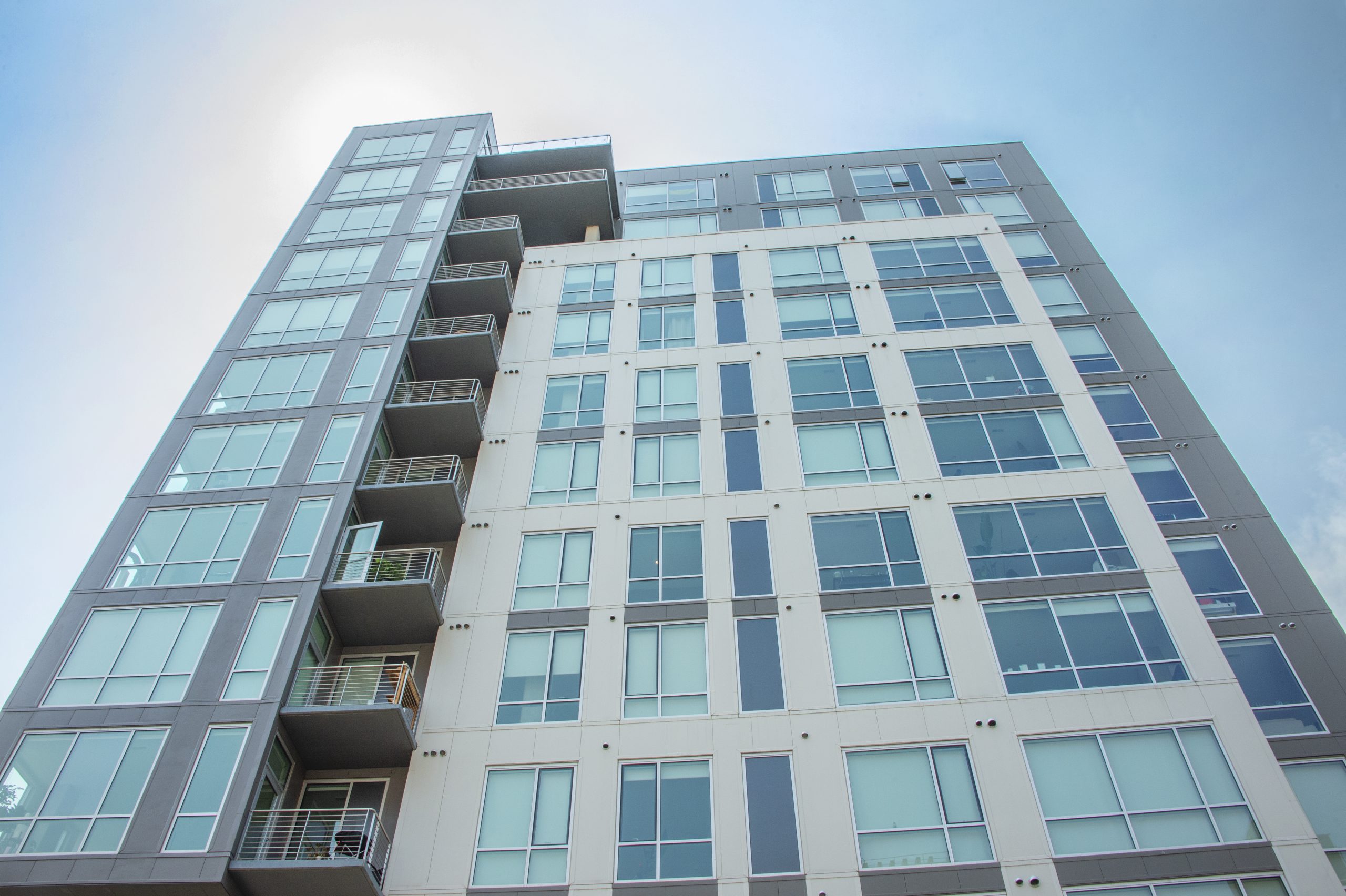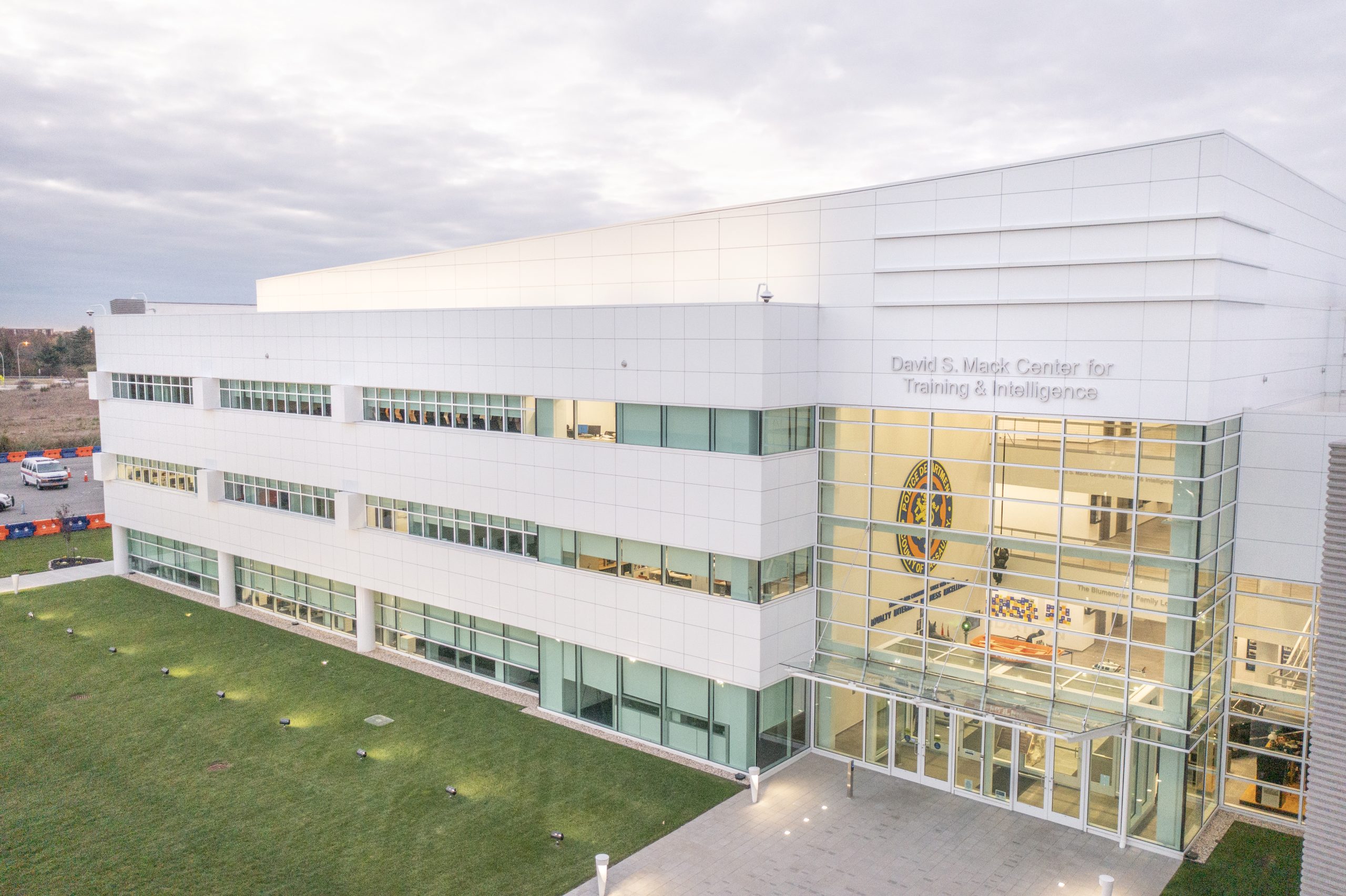


With their versatility, streamlined design, and ability to simplify and expedite construction projects, insulated metal panels (IMPs) are a marvel of modern construction technology that are quickly gaining awareness. Designed with two durable steel skins encasing a rigid foam core, these panels are lightweight and eliminate the need for additional materials like exterior sheathing. The all-in-one concept simplifies installation and accelerates project timelines.
The versatility of IMPs makes them a top choice across industries. They provide superior temperature control and fire resistance in industrial facilities like manufacturing plants and warehouses while enhancing aesthetics and soundproofing in commercial spaces such as retail stores, offices, and healthcare facilities.

Construction projects almost always run into delays. Weather, supply chain delays, and labor shortages can disrupt even the best-laid timelines. IMPs simplify construction, acting as the weather barrier, insulation, and exterior cladding all in one. Unlike traditional methods that require assembling multiple layers, such as framing, rigid insulation, and vapor barriers, IMPs combine everything into a sleek, pre-assembled panel. With just a single delivery to the job site, installation is completed in one pass without requiring specialized labor.
Their multi-functional design eliminates the need for coordinating multiple trades, reducing the complexity of juggling schedules between framers, insulation crews, and cladding installers. A single team can manage the entire installation, and buildings are enclosed faster, allowing interior work to begin much sooner.
If there is one thing contractors, architects, and building owners are paying more attention to these days, it is energy efficiency. With codes evolving and energy costs climbing, every project needs to hit a certain standard—and IMPs can be key to meeting those goals. Thanks to their foam insulation core, most panels have an R-value of around R-7 per in., although it depends on the panel’s thickness. This is nearly double the R-value from materials like mineral wool. It is not just about keeping heat in during the winter or out during the summer; it is about creating a consistent indoor environment with lower energy bills on top of everything else.
IMPs also enhance air and water tightness due to their built-in vapor barrier and smart joinery that cut down on gaps, air leaks, and thermal bridging. The concealed fastener aesthetic is desirable and helps equalize the pressure on the panel to mitigate water and air pressure within the cavity. It is like wrapping the building in a warm, weatherproof jacket. To ensure everything’s sealed tight, a simple American Architectural Manufacturers Association (AAMA) 501 standard water test—spraying the panels with a hose—can catch any leaks early on. With certain types of builds, it may take years to identify leaks causing water damage or interrupting energy efficiency. Still, this quick test before the entire wall goes up allows installers to identify and correct leaks immediately.
Contractors need materials that can handle years of wear and tear, even in harsh weather conditions. IMPs are built to last, with steel skins coated for corrosion resistance, making them ideal for any environment, from coastal towns to deserts and mountain regions. They are designed to handle wind, rain, and extreme temperatures, and their concealed joinery and sealants help prevent water from seeping in and causing long-term damage.
Building in extreme climates always comes with challenges, but with the proper planning, IMPs are up to the task. One key factor to keep in mind is the sealants used during installation. Extreme cold, heavy rain, or dust can affect performance, so it is important to consider job site conditions when planning the schedule. While weather can pose challenges for any construction project, the all-in-one installation of IMPs helps teams stay ahead of delays and on track for completion.

Contractors, architects, and building designers always look for materials that balance style, performance, and sustainability—and IMPs check all the boxes. With a variety of colors, profiles, and sizes, IMPs make it easy to turn design ideas into reality. They are flexible enough to deliver the desired look and feel without compromising in other areas. Beyond good looks, they are also a smart choice for meeting the ever-increasing demand and adding value by making buildings more sustainable. Typically made with up to 90 percent recycled steel and produced using cleaner methods such as electric arc furnace (EAF) technology, they help lower environmental impact and can contribute to LEED certification,
The future of building with IMPs is set to be even more efficient and innovative with advancements in automation and off-site manufacturing. Technologies like robotics and automated panel handling are already making their way onto job sites, helping installers save time and reduce labor costs. As the industry continues to evolve, companies are exploring pre-manufactured building components and unitized wall systems assembled in controlled environments before being shipped to the job site. This precise approach can further minimize the impact of weather delays and human error. With IMPs playing a key role in large-scale, long-term projects such as data centers and distribution warehouses, those who have experience working with these panels will only become more in demand.

Ralph Beltram is the technical services supervisor for CENTRIA. With more than 40 years of experience in architectural design and applications engineering, Beltram has built a distinguished career in the industry. He began his journey at EG Smith/CENTRIA in 1983 as a detailer and architectural designer before moving to forms and surfaces in 1999, where he further developed his skills. In 2005, Ralph returned to CENTRIA, initially as an applications designer, later advancing to applications supervisor, and now his current role. Ralph’s expertise in bridging design and technical solutions has made him a key leader at CENTRIA, driving the success of complex projects through his technical leadership and innovation.